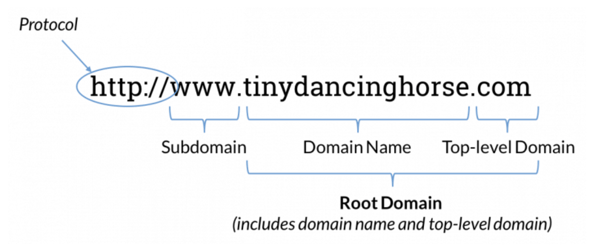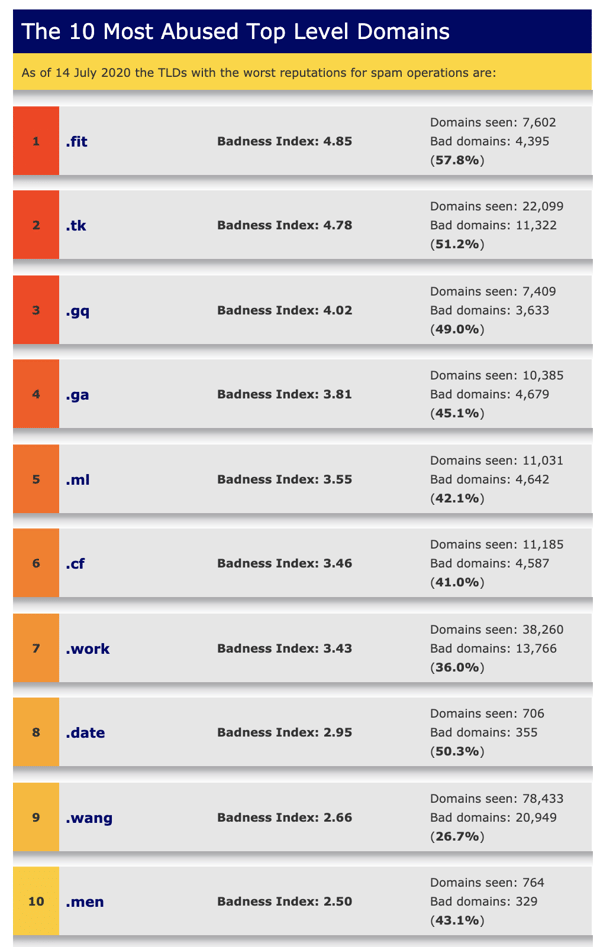The journey to building trust for your brand cannot be completed overnight. But even a journey of a thousand miles begins with a single step. And one of your first steps should be a trustworthy TLD, or top-level domain.
The TLD is the part of your company’s domain name that comes after the dot. The most common TLD is .com, which accounts for nearly half of all domains worldwide, followed by .org, and .net.

Though the list of TLDs has expanded greatly in the past 10 years (there’s even a .pizza now), human nature doesn’t tend to change as rapidly as technology does. We are cautious creatures and gravitate to what we know and are comfortable with. Because trust comes from a sense of familiarity and past experiences, a more common TLD is a simple way to start an online relationship on the right foot.
B2B companies, like the ones Idea Grove serves, must be especially careful when choosing their TLD, according to our partner HubSpot. These brands must meet the highest trust bar with their prospects.
Studies show that most people tend to trust the .com TLD more than almost any other, even going so far as to type it in a search bar automatically, whether that’s the actual domain name for a business or not. By contrast, domains with lesser-known TLDs like .work and .shop are often not trusted.
If you'd like to know how trusted (or distrusted) a specific TLD is, I encourage you to check out the Spamhaus Project. Based in Switzerland, the Spamhaus Project is a nonprofit organization that tracks spam and related cyber threats worldwide. Part of its research is to study the percentage of websites on each TLD that are "bad domains" -- spam sites that ruin a TLD's reputation for everyone.
As Spamhaus explains:
Top Level Domain (TLD) registries which allow registrars to sell high volumes of domains to professional spammers and malware operators in essence aid and abet the plague of abuse on the Internet. Some registrars and resellers knowingly sell high volumes of domains to these actors for profit, and many registries do not do enough to stop or limit this endless supply of domains.
The registries listed on this page provide spammers and other miscreants with a service they need in order to survive. Many, even most, TLDs succeed, by and large, in keeping abusers off their systems and work to maintain a positive reputation. That success shows that these ten worst could, if they tried, "keep clean" by turning spammers and other abusers away.
Spamhaus shares its research on its website and updates it regularly. Here's are the results as of July 14, 2020:

Compare these results to the data for .coms. Spamhaus's research shows that only 3.6 percent of .coms are bad domains. This data reinforces why the .com TLD is highly trusted by users.
Today, of course, it can be both difficult and expensive to acquire your preferred .com if it's already been registered. About 150 million registered domains are .coms. That's a lot of names that are already taken.
Don't despair, though. Other TLDs have emerged as popular -- and trustworthy -- alternatives. For example, the .io TLD has earned a strong reputation among tech companies. TLDs such as .org, .net, .co , .info and .xyz number in the millions and can be a good starting point for building trust in your website and in your brand.
Leave a Comment